The most bizarre plants in the world
Last Update :2024.11.01
Article Catalog
African egret: flesh-colored flowers that smell like carrion
The smallest flower in the world: the rootless duckweed
The most bizarre plants in the world include the rafflesia, whose flowers can grow up to three feet in diameter; the African egret, a strange flesh-colored parasitic flower that smells like carrion; and the voodoo lily, which smells like carrion. It smells like burgundy wine and has a color like Burgundy wine; in addition, there are giant konjac and Wollemi fir, centenarian leaf, hammer orchid, rootless duckweed, etc.
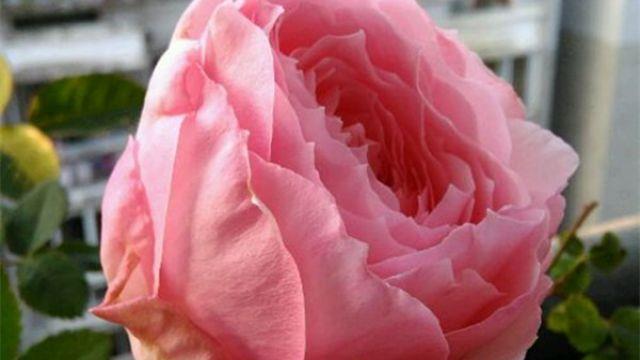
Rafflesia
Rafflesia
Rafflesia arnoldii, also known as Rafflesia, is known as the largest flower in the world. This parasitic plant has the largest flowers in the plant world, growing up to three feet in diameter. Arnault's large flowers are fleshy and colorful, and the spots on them make them look like the acne-covered face of an adolescent child. It has a pungent rancid odor and is fortunately only found in the Indonesian regions of Sumatra and Borneo. The flower has a hole in the center that can hold 6 or 7 quarts of water. It has no stems, leaves or roots.
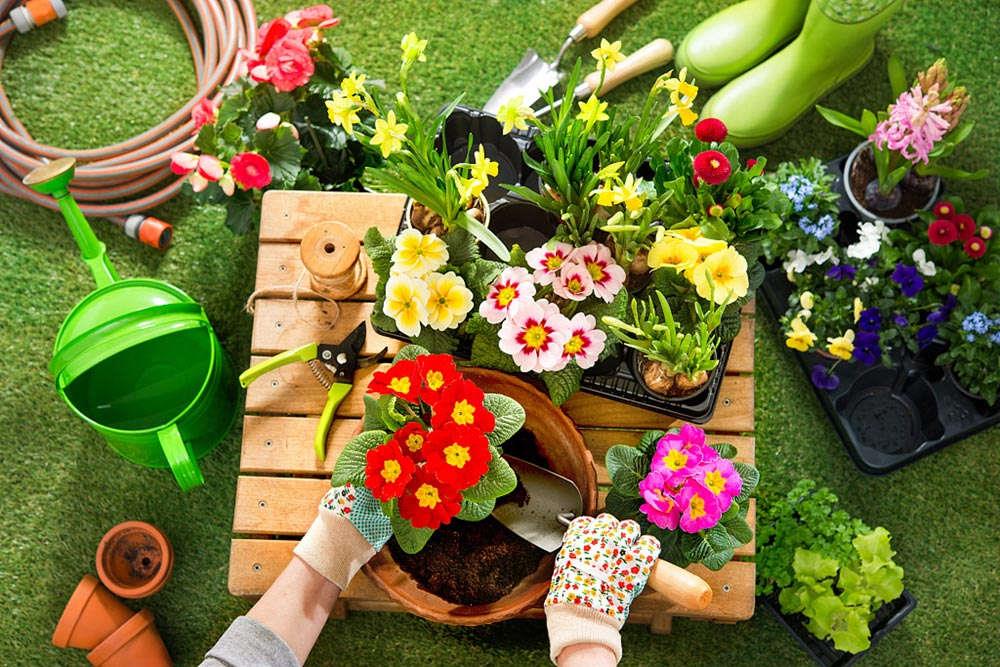
African egret flower: flesh-colored flowers that smell like carrion< /h2>
This flower called Hydnora africana grows in the arid and barren desert areas of South Africa. It is a peculiar flesh-colored parasitic flower that sucks the rhizomes of nearby shrubs. The foul-smelling flower clusters attract swarms of carrion beetles. If you smell the stench of carrion while walking in the Namibian desert, it's not rotten meat but the root-parasitic plant Hydnora africana.

Voodoo Lily
Dracunculus vulgaris It exudes a stench like rotting flesh, has flowers and leaves, and is as colored as Burgundy wine. There are many thin black branches and leaves around it. Its scientific name is aka Arum dracunculus. It also has many other nicknames: "Dragon-shaped black calla lily", "Voodoo" "Lily", "Snake Lily", "Black Alocasia", "Black Dragon", "Dragon Plant", "Stink Lily". In Greece it was called "Drakondia", which resembled a dragon or serpent entwined in a spathe. It grows in a wide range of areas including the Balkans, the Mediterranean region of Europe, Crete and the Aegean Islands in Greece, and southwestern Turkey.
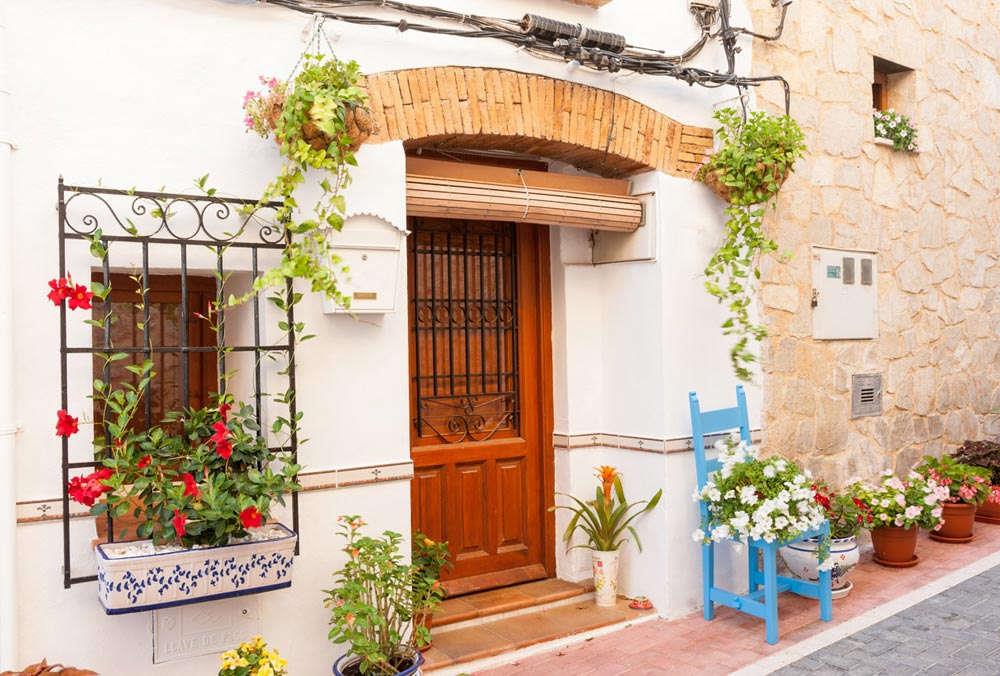
Giant Konjac
Giant Konjac has With its straight shape, this spectacular structure is actually its inflorescence. When in bloom at Florida's Fairchild Tropical Park, giant arum grows up to 6 feet long. The seeds of this plant were first collected by Dr. Jim Simon during his expedition in Sumatra, Indonesia. Giant konjac has bloomed three times in recent years at Fairchild Tropical Park. These flowers (inflorescences) are interesting because they release a foul odor that attracts carrion beetles and other pollinators, often smelling like carrion. However, different species emit different smells, some have a distinct smell of urine, some smell like rotting flesh, and one smells like butyric acid. Often called the "corpse flower" for this reason, the plant can incredibly grow 6 to 7 inches per day.
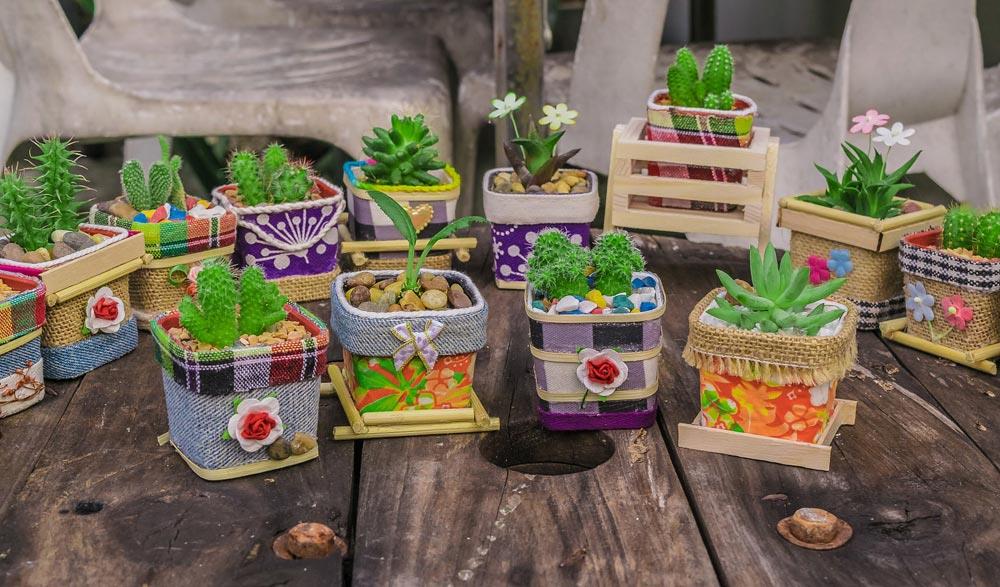
Wollemi Fir
Watt The Lemay fir is a strange-looking tree that is one of the oldest species in the world. It was previously known only from fossils that were 120 million years old. In 1994, the existing flora was discovered. Their bark is very strange and looks like chocolate foam, with multiple trunks and fern-like leaves growing in a spiral shape. They can grow up to 125 feet tall.
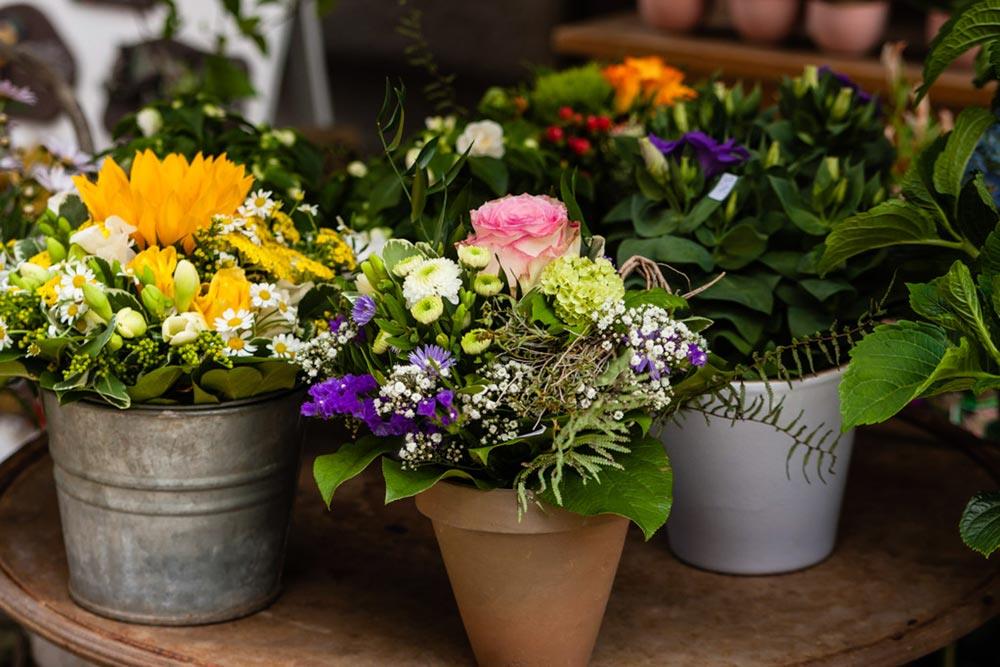
Centenium Leaf
Centenium Leaf A leaf has only two leaves in its lifetime. Only these two leaves will continue to grow until they grow into a completely different life form. The stem grows thicker rather than taller, eventually growing to nearly 6 feet tall and 24 feet wide. Its lifespan is approximately 400 to 1,500 years. The centenarian leaf grows in Namibia and is thought to be a remnant of the Jurassic period.
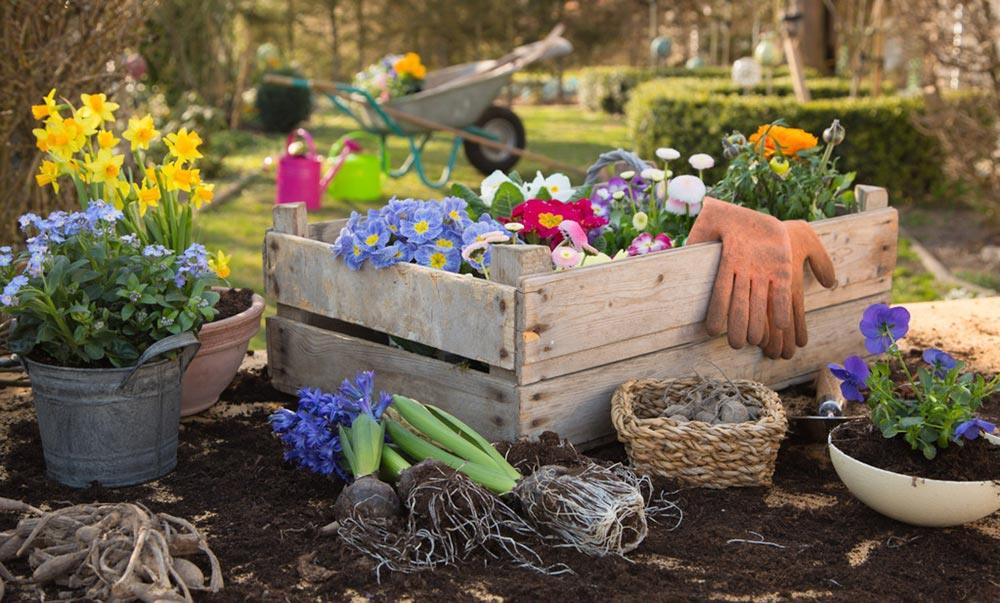
Drakaea glyptodon
Drakaea glyptodon It is an orchid plant. The color and taste are like raw meat. Pollinated by male wasps. Drakaea is an endangered species of orchid native to Australia. Also commonly known as Hammer Orchids. The name refers to the shape of Drakaea and the way it moves, like a hammer. Drakaea is named after the botanical artist Madame Dulac, who separated Drakaea from other plants in the 19th century to help British taxonomists. Plants in the Drakaea family are characterized by insect-like lips attached to a narrow, hinged stem. The stem is only hinged backwards, where a winged column carries the pollen and stigma.
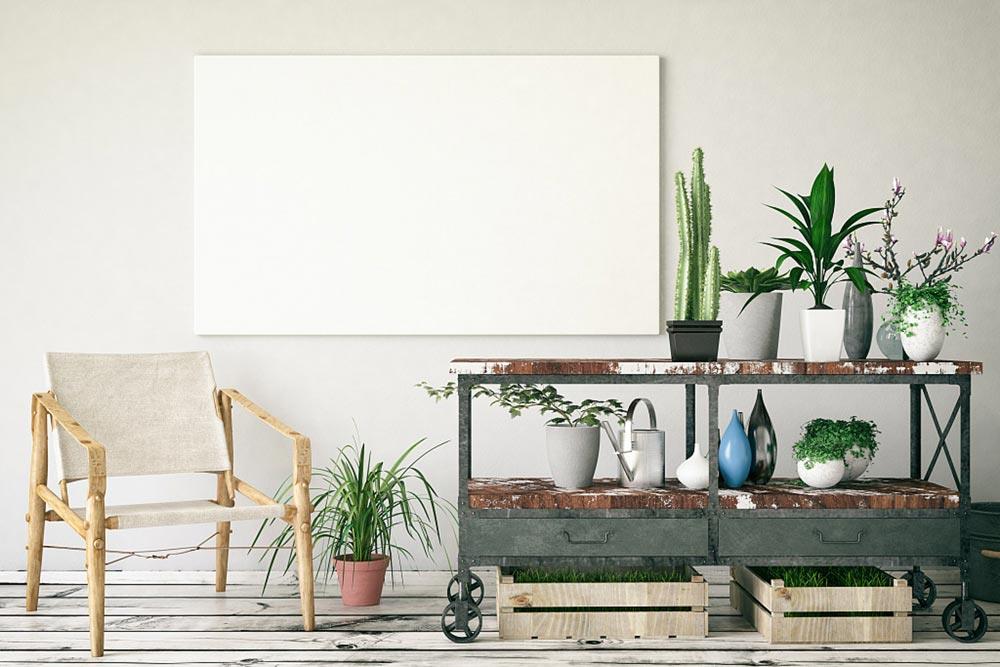
The smallest flower in the world: Wugenping
Wugenping is the smallest flower in the world. Twelve Adamantium plants are about the size of the tip of a pin, and two blooming Adamantium plants fit right into a small printed letter "O". There are 9 to 11 species of Azolla, which include some of the smallest flowering plants on Earth. These aquatic plants, also known as "weeping", look like cornmeal grains floating on the water. Azolla is a fungus that floats freely on the water surface. It is green or yellow-green in color and has no roots. The flowers grow slowly on top of the plant body and have one stamen and one pistil. They often float in pairs on the water's surface, or form floating mats with related plants such as Azolla and Fructus.
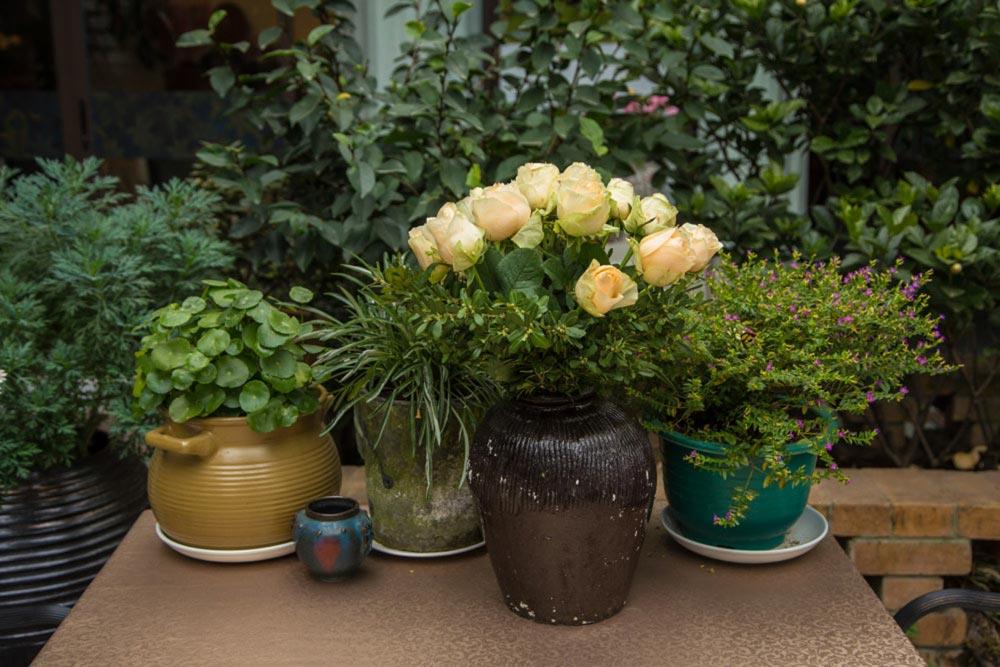
African egret: flesh-colored flowers that smell like carrion
voodoo lily
giant konjac
Wollemi Mountain
centenarian leaf
Hammer Orchid
The smallest flower in the world: the rootless duckweed
- END -
primrose meaning

Its meaning is related to its flower language and legend. There are four main flow...
What is the difference between Hongzhilian and Hongzhier?
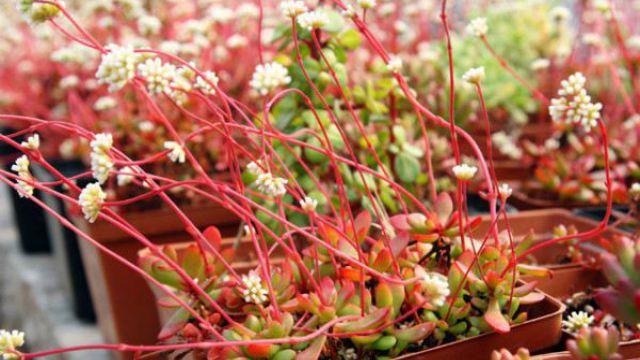
The leaves of the red lotus are very smooth, ranging from broad ovate to scattered...